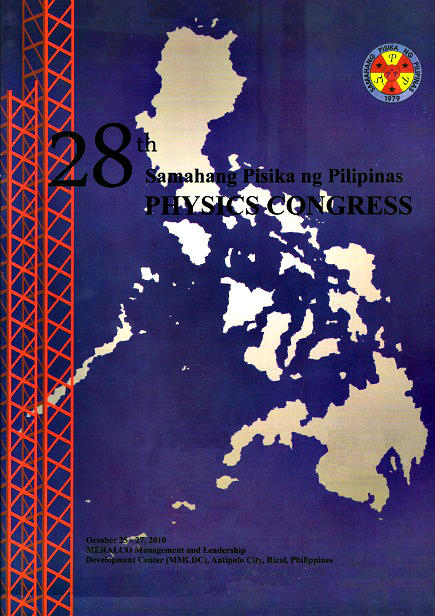Efficiency of passive transport in an idealized biological cell as a function of cell geometry
Abstract
Cells change their geometry during necessary processes like cell division and differentiation, among others. Although geometrical variations are prerequisites for these critical processes, it has been shown that cells become more susceptible to viral attacks during these stages. Additionally, it is also found that leukemia viruses induce cellpolarization before spreading to a neighboring cell. In this paper, a direct relation of changes in cell geometry to efficiency of viral transport is speculated. Passive viral transport inside a circular cell as a function of cell geometry, specifically its nuclear size, degree of polarization, and eccentricity is numerically investigated. While clear conclusions cannot be derived yet for an increased eccentricity, an increase in nuclear size and in the degree of polarization both result to the increased efficiency of viral infection. The results may substantiate why viruses take advantage of different cell geometries in invading a cell.
Downloads
Issue
Strengthening physics research and education for a brighter tomorrow
25-27 October 2010, MERALCO Management and Leadership Development Center, Antipolo City











